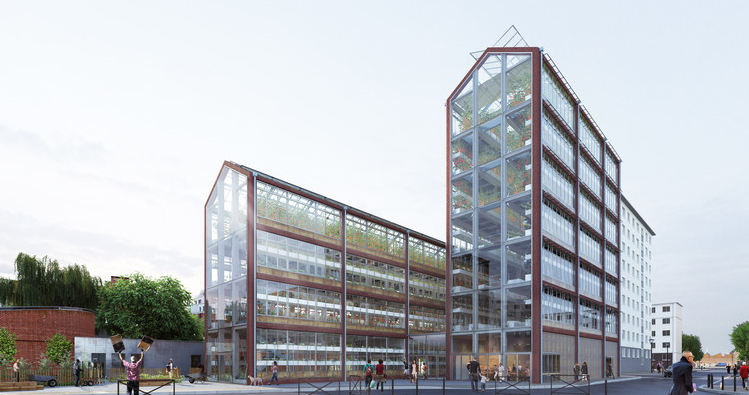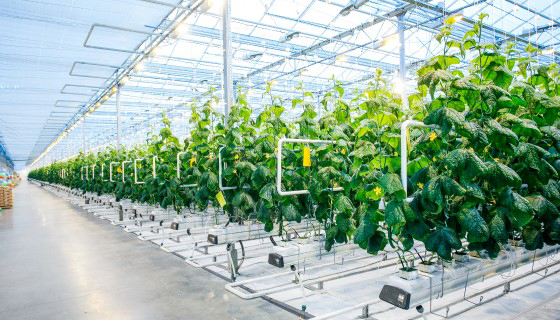Is Vertical Farming the Future
COVID-19 has exposed weaknesses in our complex food distribution logistics system. We need to protect our food supply from weather, seasons, time, distance, epidemics, pests, natural disasters, seasons, lack of control. Climate change, increasingly scarce arable land and growing urban populations are also making traditional agriculture increasingly unstable and resource inefficient. In this context, will vertical farming be the development trend of our future farming?
Vertical Farming Market Growth & Trends
The global vertical farming market size is expected to reach $ 33.02 billion by 2030. It is expected to enlarge at a CAGR of 25.5% from 2022 to 2030. The increased use of Internet of Things (loT) sensors for crop production is likely to stimulate market demand during the forecast period. The information obtained from the sensors is stored in the cloud and analyzed to perform the desired operations. Increasing automation in agriculture and the increasing use of big data and predictive analytics to maximize yields are also likely to drive the market. Being able to use vertical space, reducing the need for additional land and construction activities, contributes to the attractiveness of vertical farming in large cities. Demand for vertical farming is expected to increase largely due to the popularity of organic food.

The Pros of Vertical Farming
- Vertical farming effectively ensures the stability of crop production, maintaining reliability even in adverse climatic conditions. It has several advantages over traditional farming techniques, such as less water use, less need for pesticides and less dependence on agricultural labor.
- Vertical farming makes use of metal reflectors and artificial lighting to maximize natural sunlight.
- Artificial lighting helps in extending the hours of natural daylight, which further increases the health, growth rate, and yield of the plants. Artificial lighting, such as high-pressure sodium lighting and LED lighting,can extend the supply of crops (throughout the season).

Use Vertical Farming for Contrast
Vertical farms need only 17% of the space of a traditional farm to grow a tonne of lettuce, meaning they are more space-efficient. This is a direct solution to land degradation, but the benefits don't end there.
Farming in a controlled environment can reduce the use of chemicals because pesticides are no longer needed. A recent U.S. study found that in 71% of usage cases, pesticides have contaminated soil and reduced biodiversity. In addition, vertical farms can reduce water use by up to 90 percent due to recirculation. This is a massive improvement when considering that traditional farms account for 70% of global water consumption.

Vertical Farming is the Future
Vertical farming is perfect defined as growing food indoors and on vertical stacked layers. It uses a technique called controlled environment agriculture (CEA) :
- Aeroponics: Plants are suspended in the air and sprayed with nutrient-rich solvents
- Hydroponics: Plants are cultivated in a nutrient-rich water-based solution
- Aguaponics: Plants are cultivated in an ecosystem that also houses fish
Hydroponics is a soilless method of growing plants. Hydroponic systems do not require pesticides or artificial ripening agents and help produce nutrient-rich vegetables.
Vertical farming won't completely solve the shortcomings of today's food system, but it has the potential to provide the flexibility we need to adapt to the world's continuing changes. Increased crop yields mean stable food supplies during crises, and less reliance on farmland means less of a burden on the environment.
With the global population expected to reach 10 billion people by 2060, more efficient methods of farming are needed. Vertical farming, along with other innovations in agriculture and food, may be the answer.
About the Author
kayla
Email: [email protected]
WhatsApp:+86-19867637023

